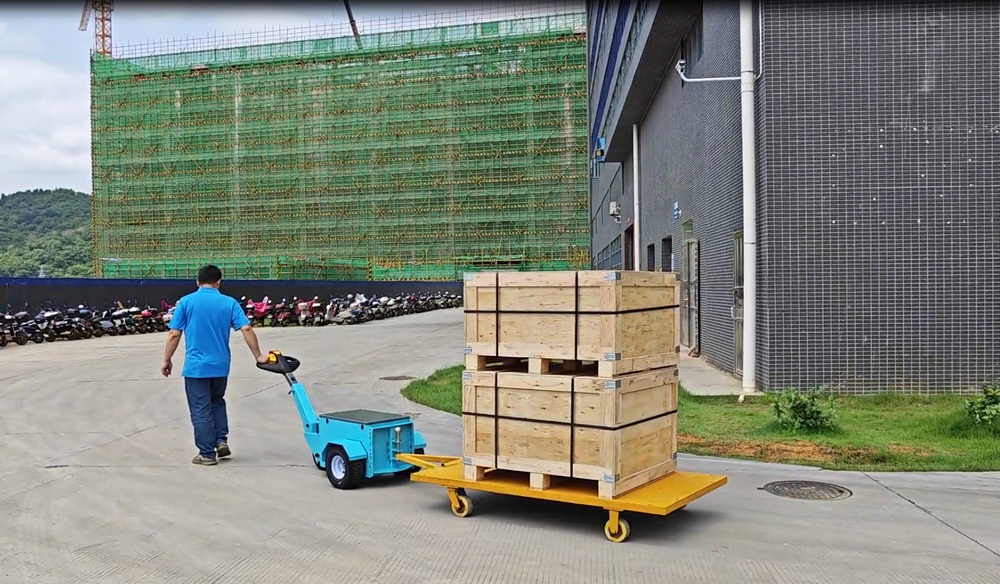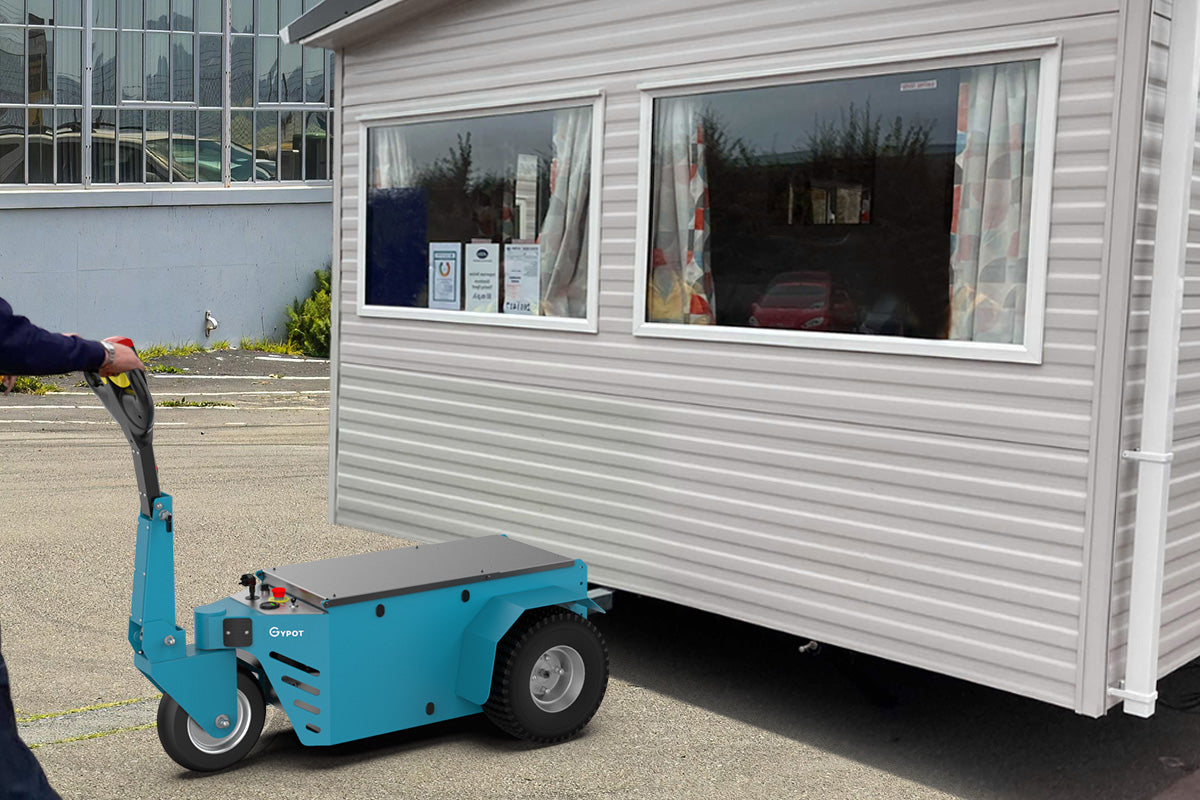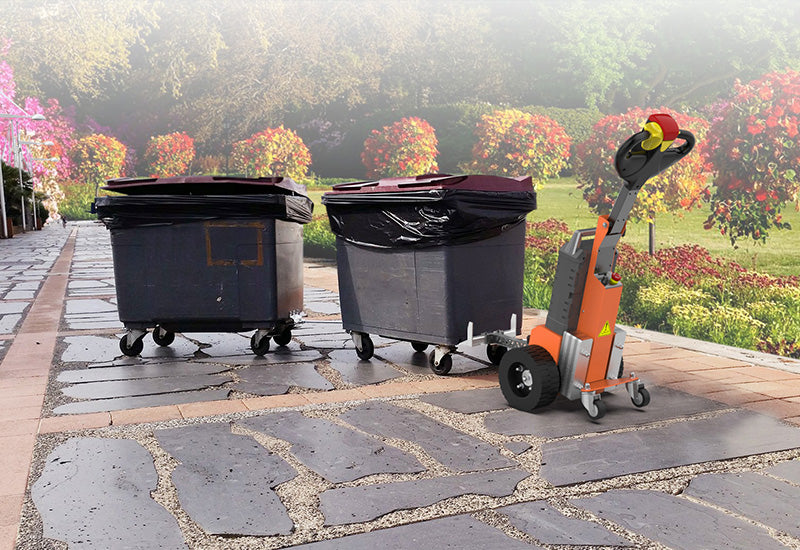tugger Blog

Transport electric tugs safely using military-grade magnetic anchors with triple locks (gap <5cm), activate 6×4 all-wheel drive (±1.5% torque) for narrow corridors <2m width. Implement three-stage braking (8% slip rate) and real-time cloud monitoring (data upload every 5s). Pre-heat batteries...
Continue reading

Use Eco tug Benchmark Pro to input {corridor curvature radius≥1.8m} for energy heatmaps, test NBT10's 12% humidity correction at 85% moisture, or verify core algorithms via parameter confrontation - importing NBT60's magnetic coupling parameters triggers system errors while showing ±6.3%...
Continue reading

For diagnostics, consider accurate measurements of battery SOC stability (±2%=3.8% traction loss), brake response time (less than equal to 200 ms according to ISO 6292:2019), and controller PWM signal drift (±2%). General cleaning of a cooling system indicates up to 8.7% reduction...
Continue reading

The purchase of electric tugs for food processing facilities can greatly increase cleanliness by reducing the accumulation of pollution by 60%, increase productivity by 40% and reduce maintenance costs by 25%. They also reduce failure rates by 30% ensuring cleaner, safer, and more...
Continue reading

Electric tugs boost lean manufacturing with ±8mm laser navigation (vs. traditional ±50mm), cutting mold positioning time to 37 seconds (2.3x faster) and raising OEE 12.7%. GYPOT's 18kN traction auto-adjusts tire tread 0.3mm in cold storage, while 15.2kN models save $23,000/year...
Continue reading






